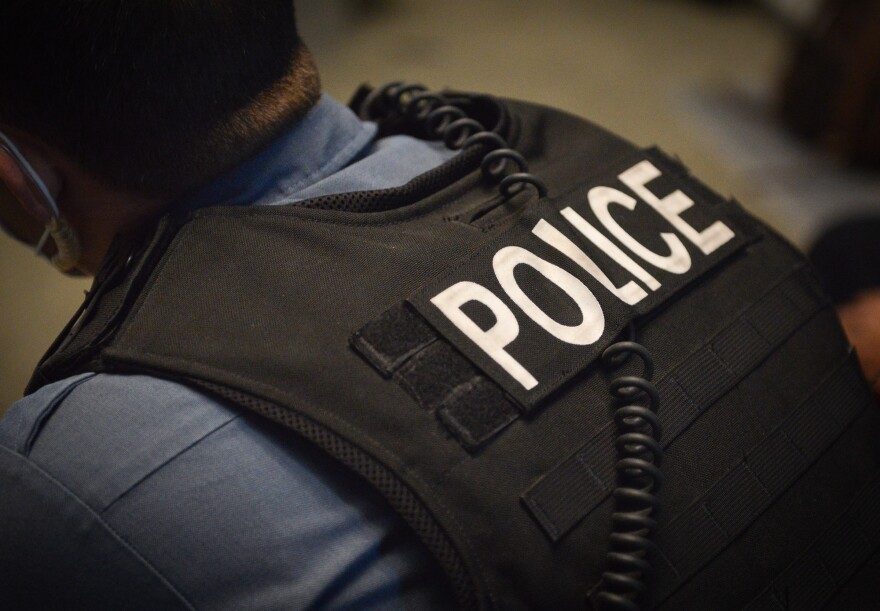In August, the Kansas City Police Department adopted a new eyewitness identification policy. KCPD Capt. Everett Babcock is credited with helping to come up with the policy.
Babcock, who holds a master’s degree in criminal justice, researched eyewitness identification at the University of Central Missouri. He started to see how the KCPD’s eyewitness identification procedures could easily lead to misidentification.
“Even after college, I went back and took additional courses in the psychology of identification and I saw that we had some issues,” Babcock told Up to Date.
When the police department asked if anyone was knowledgeable about eyewitness identification procedures, Babcock responded affirmatively and was put in charge of creating the new policy. He worked with the Midwest Innocence Project and drew on other states' policies to create new procedural instructions for KCPD.
Babcock says only 28 states, excluding Missouri, have mandated eyewitness reform programs and prior to the recent policy, KCPD had no formal guidelines on eyewitness identification.
According to the Innocence Project, which works to exonerate wrongfully convicted defendants, misidentification accounts for nearly 70% of wrongful convictions.
Here are the changes listed in the new policy:
All eyewitness identification processes must be recorded whenever possible.
The procedure can be recorded via audio or video. Babcock says that taping the procedure is just another way to hold officers accountable for adhering to correct procedures.
“By recording it, it takes it completely out of the question whether or not there was any bad behavior, any kind of accidental changes in the policy,” Babcock says. "It’s just total transparency.”
If a detective turns off the audio, he or she has to explain why and report it to a supervisor.
The detective must tell the witness that the suspect may not be in the lineup, and eyewitnesses are asked to state how confident they are in their selection.
Studies show that even if a suspect isn't shown in a lineup, witnesses will often select someone among the photos or people presented. Telling the witness that the suspect may not appear in the lineup removes the assumption that the suspect is there for them to identify.
In addition, keeping records of how certain the witness is in their identification of the suspect helps detectives gauge how reliable the witness identification is. John Wixted, a professor of psychology at the University of California, San Diego, told Up To Date that a suspect’s certainty plays a big role in the investigation.
“If the witness says, ‘That's the guy who did it, I'm 100% sure, I'll never forget his face as long as I live,’ that tends to be a highly reliable identification,” Wixted says.
Suspect photographs or field lineups must be viewed by one witness at a time.
Babcock says he does not remember seeing a lineup or photo array presented to a group of witnesses at the same time at the Kansas City Police Department. But he says it's important to make sure that does not happen because witnesses can influence each other.
“Human memory just wants to make a very linear version of what happened,” Babcock says. "So if they [witnesses] are missing gaps, they will start to absorb information from other witnesses and cross-contaminate. That cross-contamination can also happen even by something as simple as comments by the detective in the room, which is another reason we have a very regimented way of how we talk to them.”
The photo arrays or lineups must be presented by detectives who do not know the suspect, and facial composites will no longer be used.
To ensure that a detective’s body language or verbiage does not influence the eyewitness’s selection, the presentation of the photo arrays or lineups must be done by a detective who does not know anything about the suspect. The "double blind "practice was recommended by the Innocence Project.
Facial composites also will no longer be used. If a detective wishes to use an illustration for witness identification, the detective must seek approval by the controlling investigative division commander.
- Capt. Everett Babcock, Kansas City Police Department
- John Wixted, professor of psychology, University of California, San Diego






